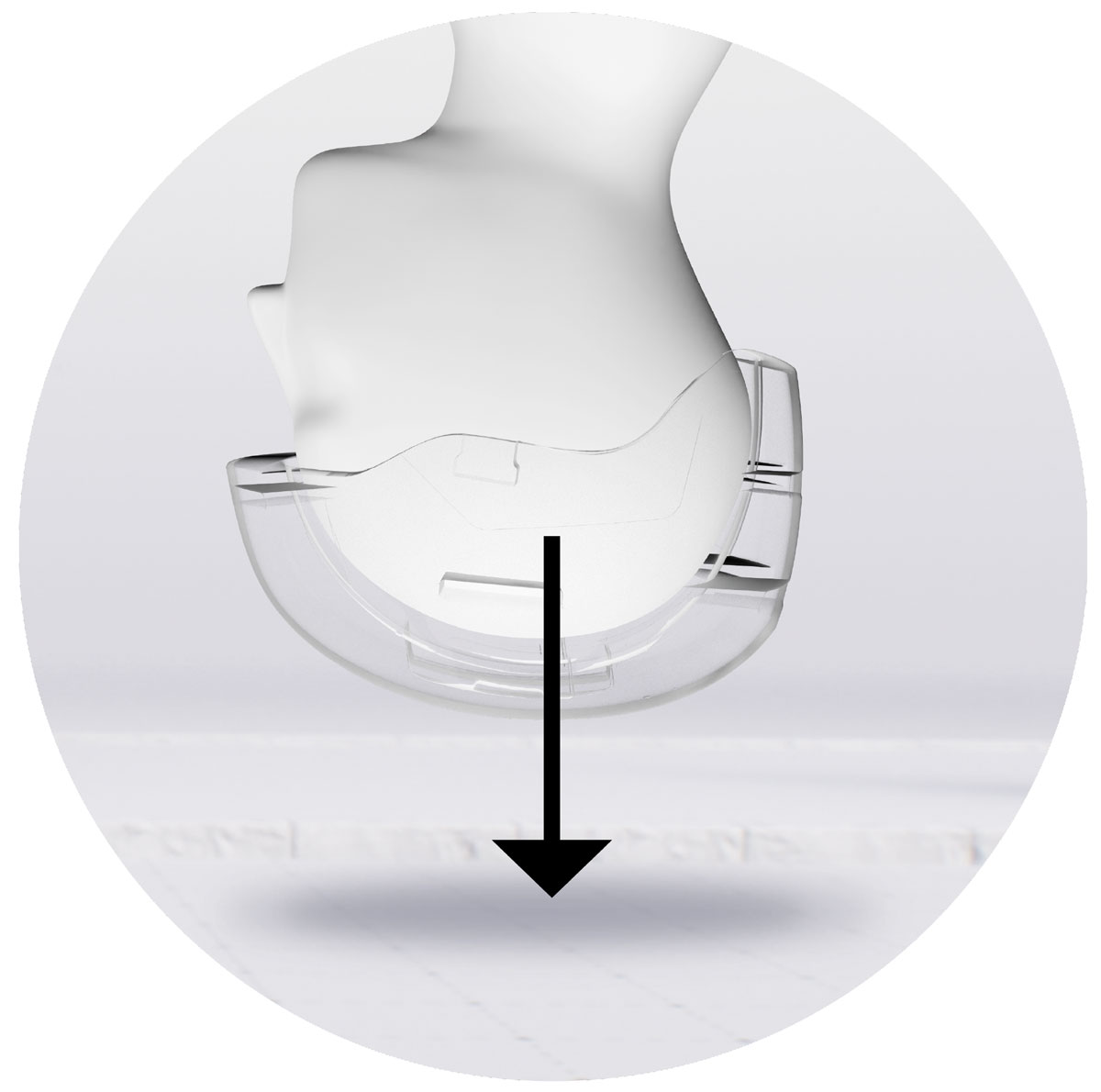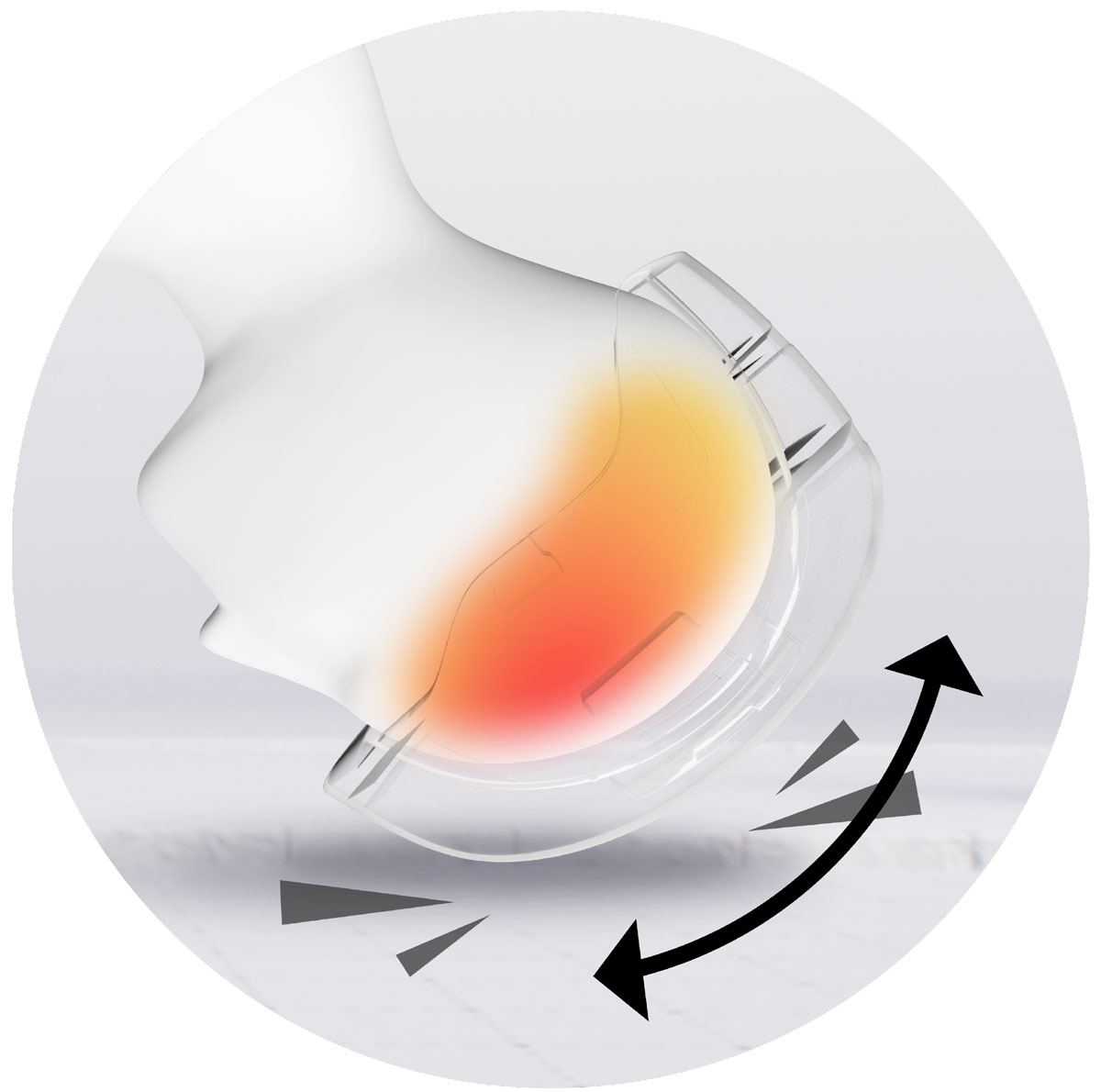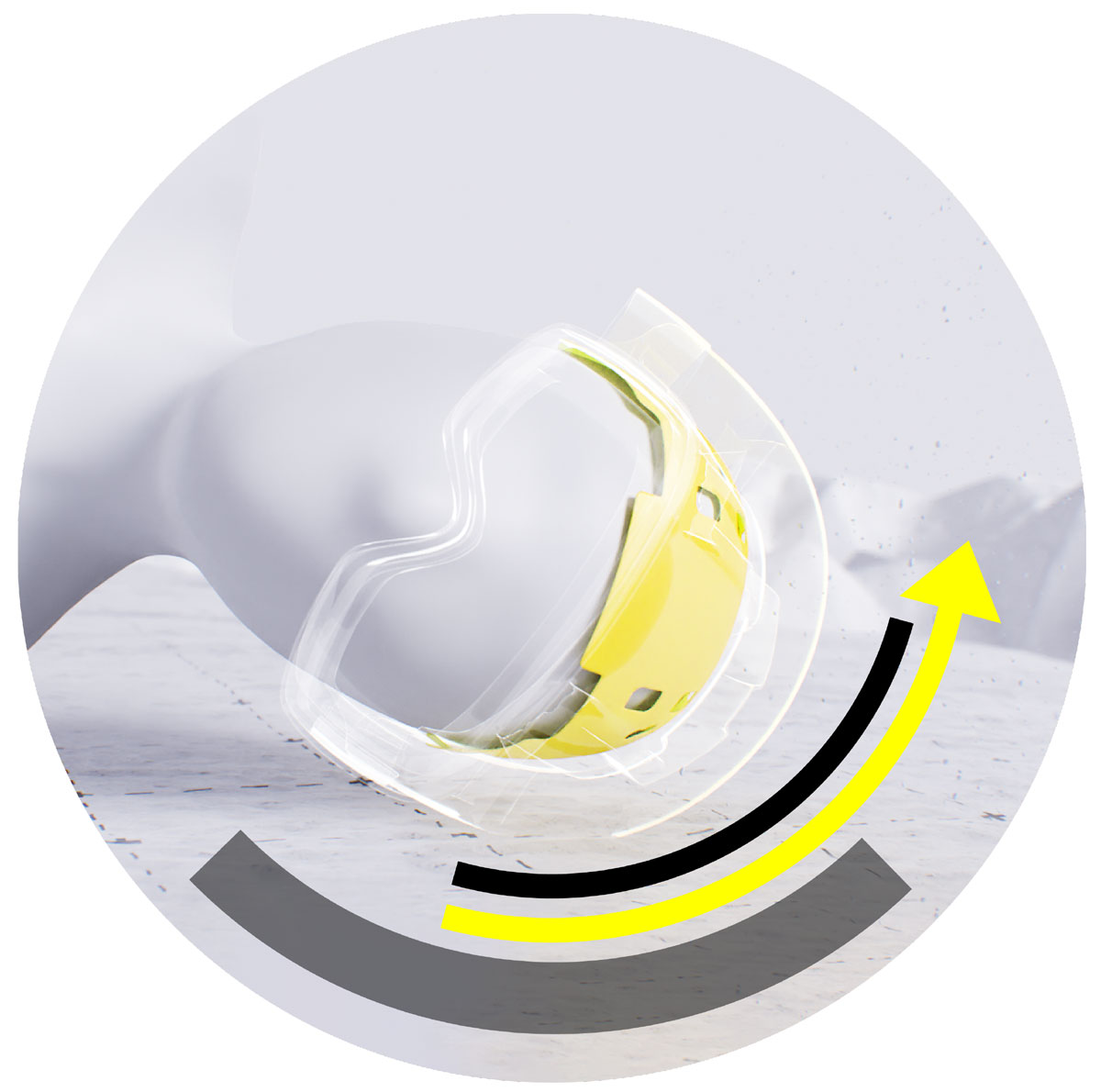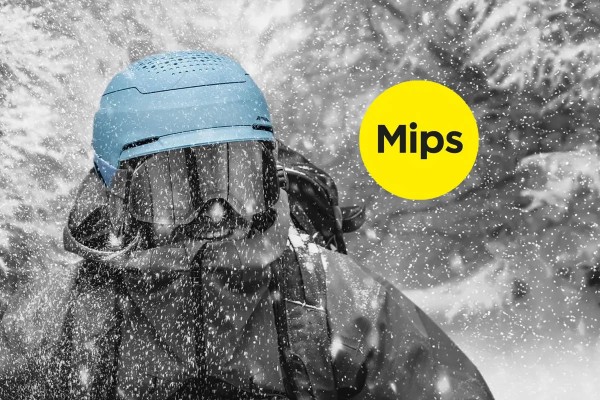The history of MIPS
MIPS stands for “Multi-Directional Impact Protection System”. The technology was developed in the late 1990s by a group of Swedish scientists, including neurosurgeon Hans von Holst and researcher Peter Halldin. Their motivation was simple: to improve the safety of helmets in order to reduce the frequency and severity of head injuries.
In his practice, von Holst often had to deal with patients who had suffered serious head injuries despite wearing helmets. These observations led to the realization that conventional helmets, while offering some protection, were not sufficient to absorb the complex forces involved in a fall or impact. Together with Halldin, he began to study the dynamics of head injuries and develop a solution.
After several years of research and testing, the MIPS technology was patented in 2001. Since then, it has found its way into a variety of helmets, from cycling to riding to ski helmets. The wide acceptance and integration of MIPS technology in the sports and safety industry is testament to its effectiveness and importance.
Structure of a MIPS helmet
1. the outer shell: This is made of robust material that absorbs the initial impact.
2. the inner shell: This consists of EPS (expanded polystyrene), which further absorbs the impact energy.
3. the MIPS layer: This is attached to the inner shell and enables relative movement in the event of an angled impact.
How MIPS technology works
MIPS technology is based on imitating the protective mechanisms of the human brain. Our brain is surrounded by a thin layer of fluid that protects it in the event of an impact by allowing a certain freedom of movement and distributing the forces that occur. MIPS technology imitates this principle by integrating an additional sliding layer in the helmet.
Many helmets are developed and tested for straight impact:

However, an impact usually occurs at an angle, resulting in rotational forces.

These rotational forces are often the main cause of serious brain injuries, such as concussions or traumatic brain injury.

In the event of an oblique impact, the MIPS layer can move by 10-15 mm relative to the outer shell. This movement significantly reduces the rotational forces acting on the head and brain.
Advantages of MIPS technology
The main advantage of MIPS technology is the effective reduction of rotational forces that occur in the event of an oblique impact. These forces are particularly dangerous as they can cause the brain to rotate inside the skull and hit the top of the skull, causing serious injuries. The MIPS layer reduces this rotation, thereby reducing the risk of serious head injuries.Increased safety without compromising on comfortAnother advantage of MIPS helmets is that they offer additional protection without compromising comfort or fit.The sliding layer is designed to be seamlessly integrated into the helmet and does not affect the weight or ventilation of the helmet.Winter sports enthusiasts can therefore rely on protection without having to compromise on comfort.
Scientifically sound protection and increasing popularity
MIPS research began with the aim of reducing serious head injuries despite wearing a helmet. This scientific research has been so successful to date that more and more helmets are being fitted with MIPS - and for a wide variety of purposes. Because MIPS technology represents such a huge safety gain, research and development is continuing all the time. Of course, this also applies to ski helmets.
Conclusion
MIPS technology has revolutionized the safety of ski helmets.By effectively reducing rotational forces in the event of a fall, it offers significantly improved protection against serious head injuries. This innovation is the result of years of research and development and demonstrates the importance of continuous improvement in the field of safety technology.Choosing a MIPS ski helmet not only offers an additional level of safety, but also the feeling that you have done something really important for your own protection.After all, even if the thrill and enjoyment on the slopes are irreplaceable, safety should always be a priority.




